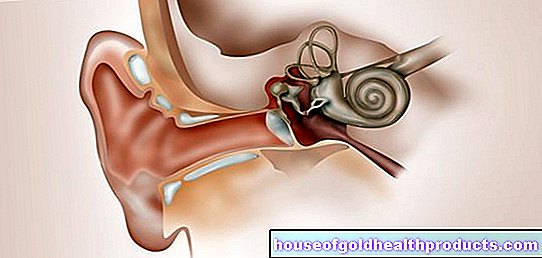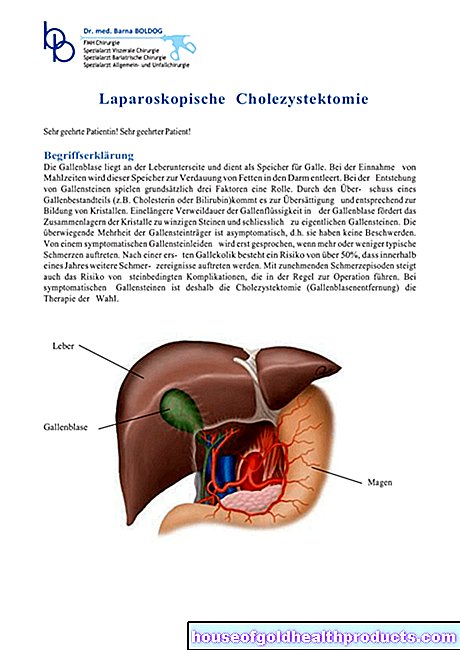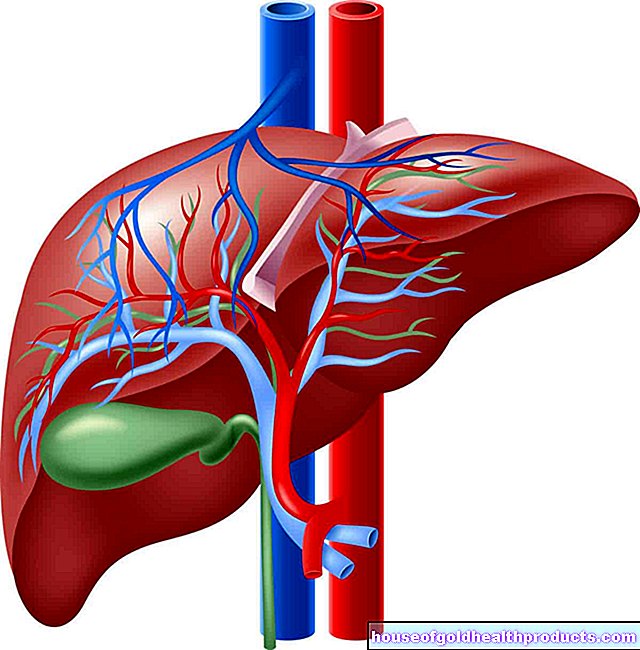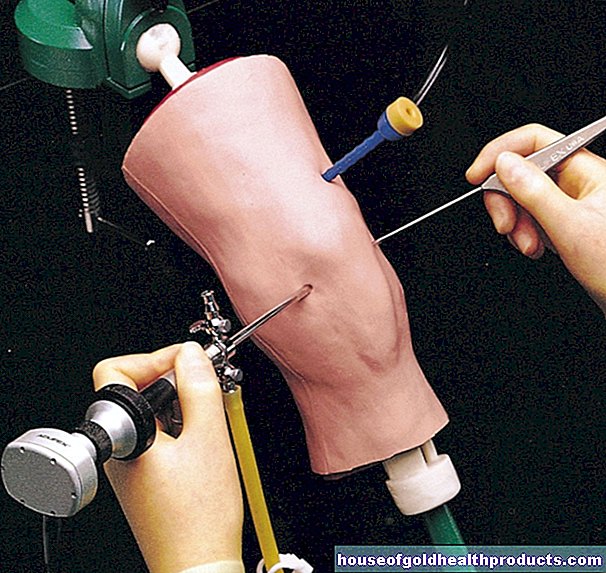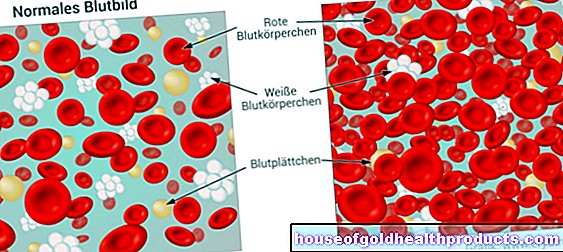Breast cancer surgery: ultrasound better than sense of touch
All content is checked by medical journalists.MunichWhen it comes to breast cancer, surgery usually comes first. When doctors determined the extent of the tumor using ultrasound, the cosmetic result for the women improved. The technically equipped surgeons removed around a third less breast tissue than colleagues who used their sense of touch to orientate themselves.
Better look
Scientists from the University of Amsterdam had tested at six clinics in the Netherlands whether the use of ultrasound devices could improve the results of breast-conserving cancer operations. In half of the women, the surgeons used ultrasound images to guide them; in the case of the others, they relied solely on their sense of touch. Result: With the help of the ultrasound, they removed only 38 cubic centimeters instead of an average of 57, i.e. around a third less tissue. For women, this increased the chance of a visually satisfactory result.
At the same time, the surgeons had to operate less frequently and fewer women needed radiation after the operation to kill any remaining cancer cells. "In principle, ultrasound technology is superior to the sense of touch," says Prof. Friedrich Degenhardt from the German Society for Ultrasound in Medicine (DEGUM). In contrast to X-ray technology, the patients would not be exposed to radiation. The ultrasound examination can also be carried out during the operation.
Not too much, not too little
Around 72,000 women in Germany develop breast cancer every year. In many cases, the therapy includes an operation; in around two thirds of the cases, doctors can now operate breast conserving. However, it is often difficult to differentiate the tumor from healthy tissue. There is a risk that more tissue than necessary - or too little - will be removed. In the first case, the appearance of the breast is affected more than necessary, which can pose additional psychological stress for those affected. In the second case, another operation is necessary if cancer cells are found on the incision margin in the tissue examination under the microscope. (in the)
Source: Krekel N.M. et al .: "Intraoperative ultrasound guidance for palpable breast cancer excision (COBALT trial): a multicentre, randomized controlled trial", Lancet Oncology 2013; 14: 48-54;
Tags: prevention prevention book tip